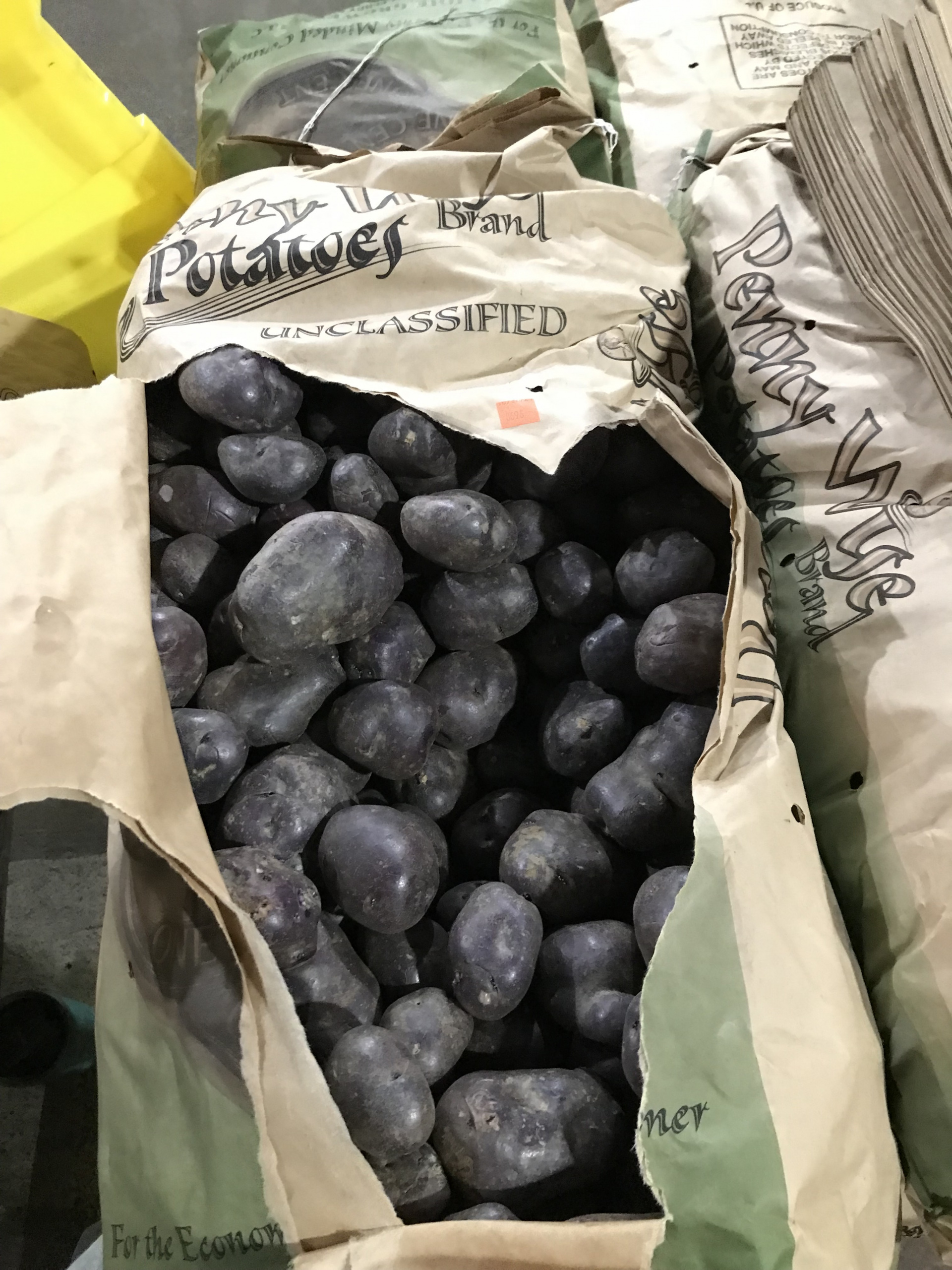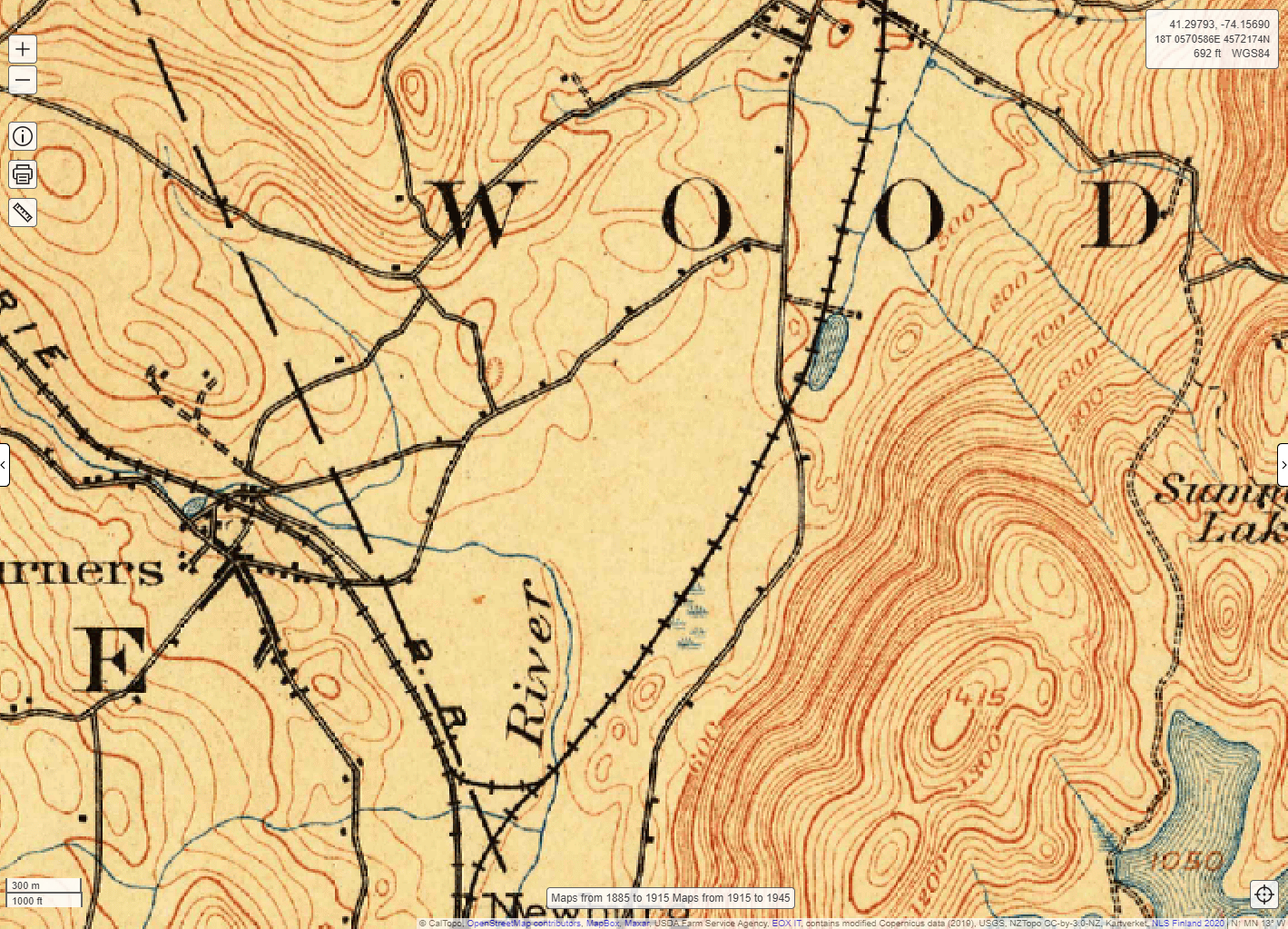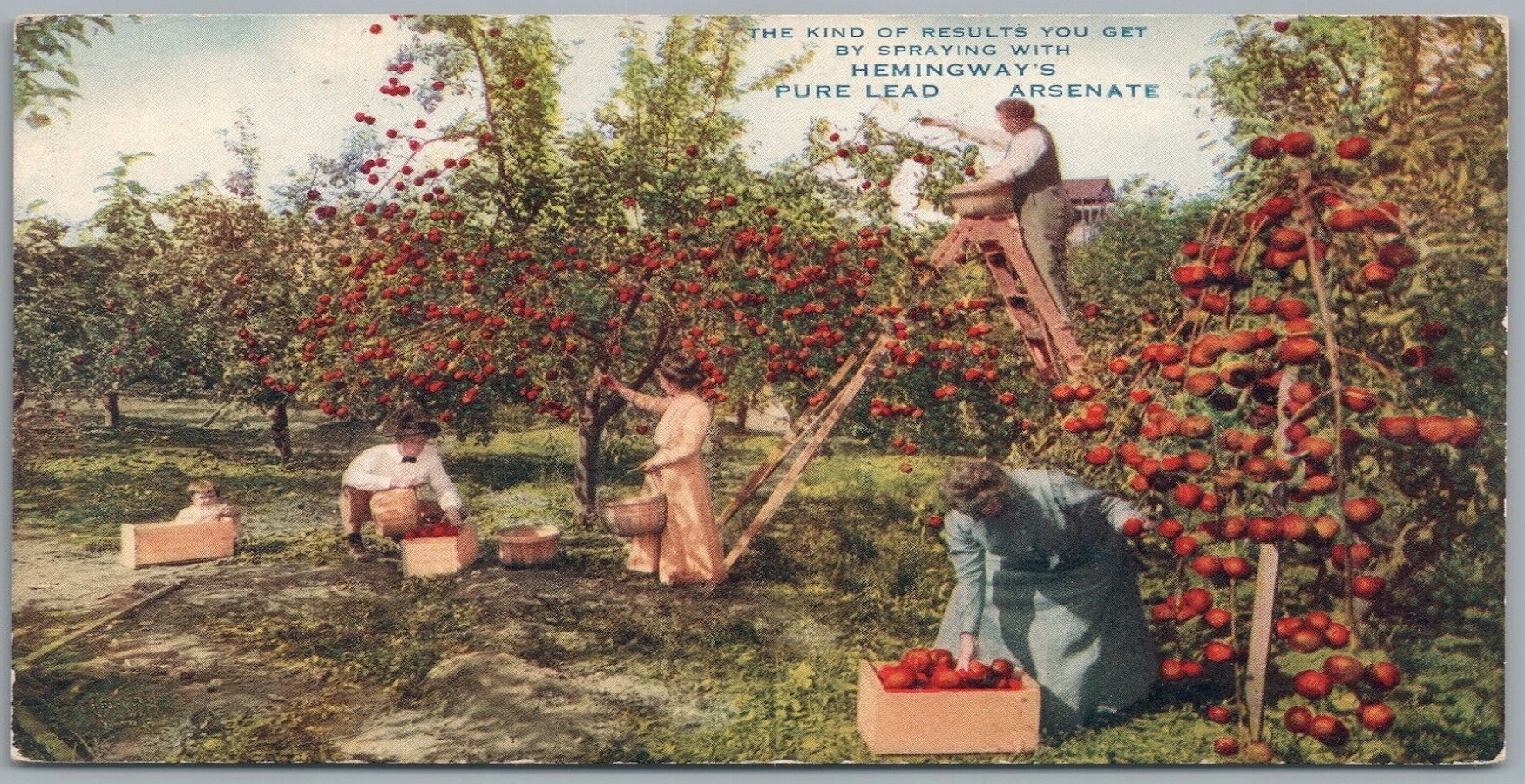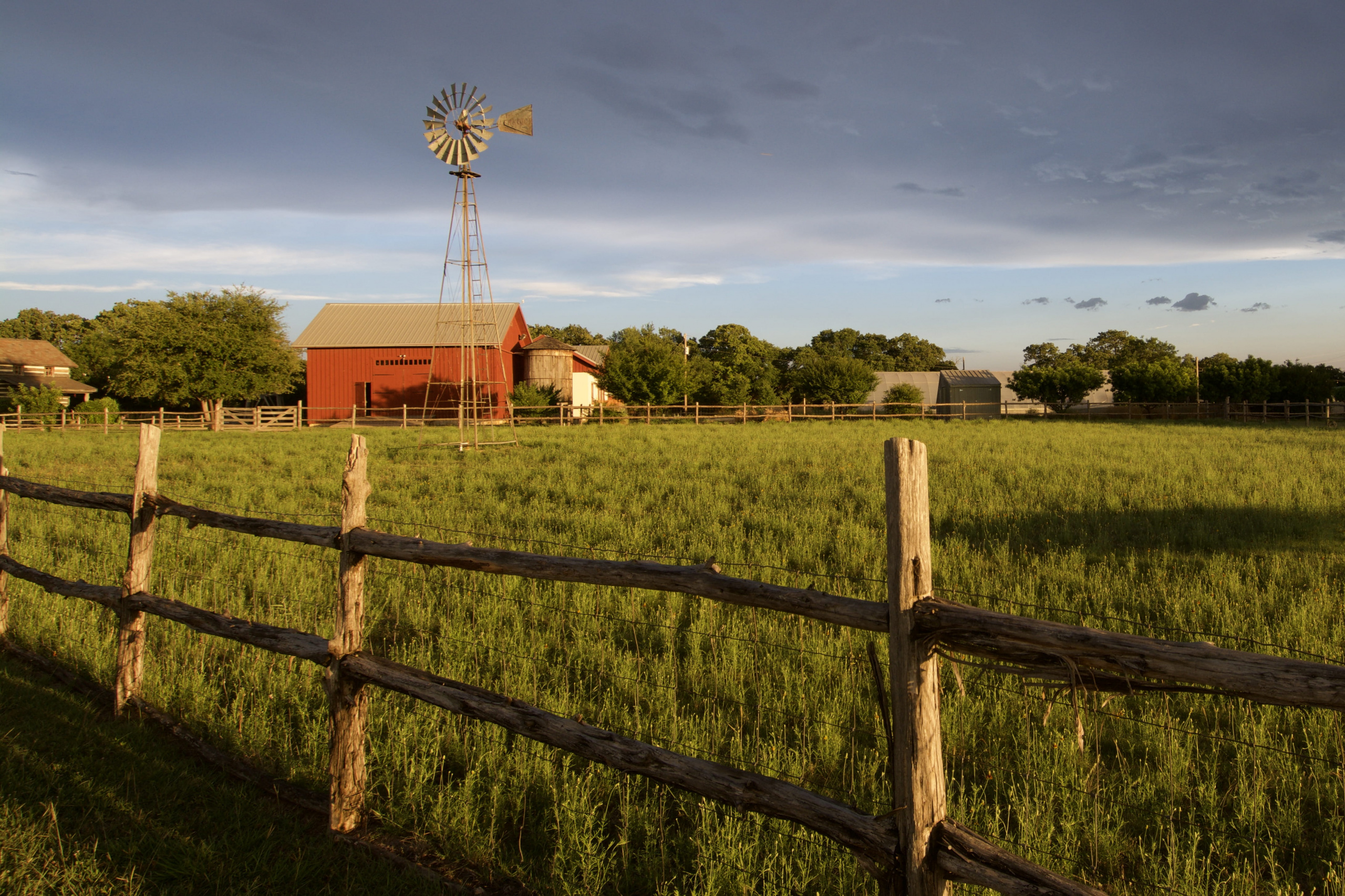
You’ve Heard of Peak Oil. How about Peak Phosphorus?
The summertime “dead zones” that form in the nation’s major waterbodies have turned vibrant aquatic ecosystems into barren wastelands. Controlling the nutrient pollution that fuels these dead zones is a key component of water quality regulation. However, limiting nutrients that enter the water is also important for conserving a limited resource: phosphorus.
The summertime “dead zones” that form in the nation’s major waterbodies have turned vibrant aquatic ecosystems into barren wastelands. Controlling the nutrient pollution that fuels these dead zones is a key component of water quality regulation. However, limiting nutrients that enter the water is also important for conserving a limited resource: phosphorus.
The problem of dead zones in the Chesapeake Bay and Gulf of Mexico is too familiar. Runoff from agriculture and development activities adds phosphorus and nitrogen to streams, rivers and ultimately the ocean. Algae thrive in this rich broth, creating huge “blooms.” When alive, blooms kill aquatic vegetation by blocking out sunlight. When the algae die, their decay causes levels of dissolved oxygen to plummet and fish and shellfish have to flee the area or die.
Effluent from sewage treatment plans and runoff from developed areas are significant contributors to the problem of nutrient pollution, but agricultural activities likely are the largest single source. In the Chesapeake Bay, the use of chemical and manure fertilizers account for 45 percent of the phosphorus pollution in the bay; agriculture delivers 32 percent of nitrogen pollution. The largest source of nutrient pollution in the gulf is nitrogen- and phosphorus-laden runoff from factory farms and over-fertilized fields throughout the Mississippi basin.
Overapplying nitrogen and phosphorus to cropland has implications that extend beyond polluted waterways. Researchers are warning that the world’s supply of phosphorus available for mining and producing into fertilizer is limited. Demand for phosphorus as a fertilizer could outstrip supply within the next 30 years, and the phosphorus that escapes into waterways now won’t be available for use in the future.
As is anticipated with peak oil, under “peak phosphorus,” we won’t suddenly run out of phosphorus. Rather, available supplies will dwindle and prices will rise, potentially affecting food affordability. However, though other forms of energy are able to replace many uses of oil, there is no substitute for phosphorus. Crops must have adequate phosphorus to thrive.
Within economic and technical limits, phosphorus can be recovered from water for reuse. Maybe a technological breakthrough will allow the creation of synthetic phosphorus. But far easier and much better for our waterways would be for us to start now in limiting the overapplication of manure and phosphorus on fields, and to stop runoff from animal feeding operations.
Topics
Authors
Elizabeth Ridlington
Associate Director and Senior Policy Analyst, Frontier Group
Elizabeth Ridlington is associate director and senior policy analyst with Frontier Group. She focuses primarily on global warming, toxics, health care and clean vehicles, and has written dozens of reports on these and other subjects. Elizabeth graduated with honors from Harvard with a degree in government. She joined Frontier Group in 2002. She lives in Northern California with her son.
Find Out More

When is enough enough? The “abundance agenda” America needs

Land use can change on a dime, but what’s the real cost?

Innocent until proven guilty works for people — not chemicals.

